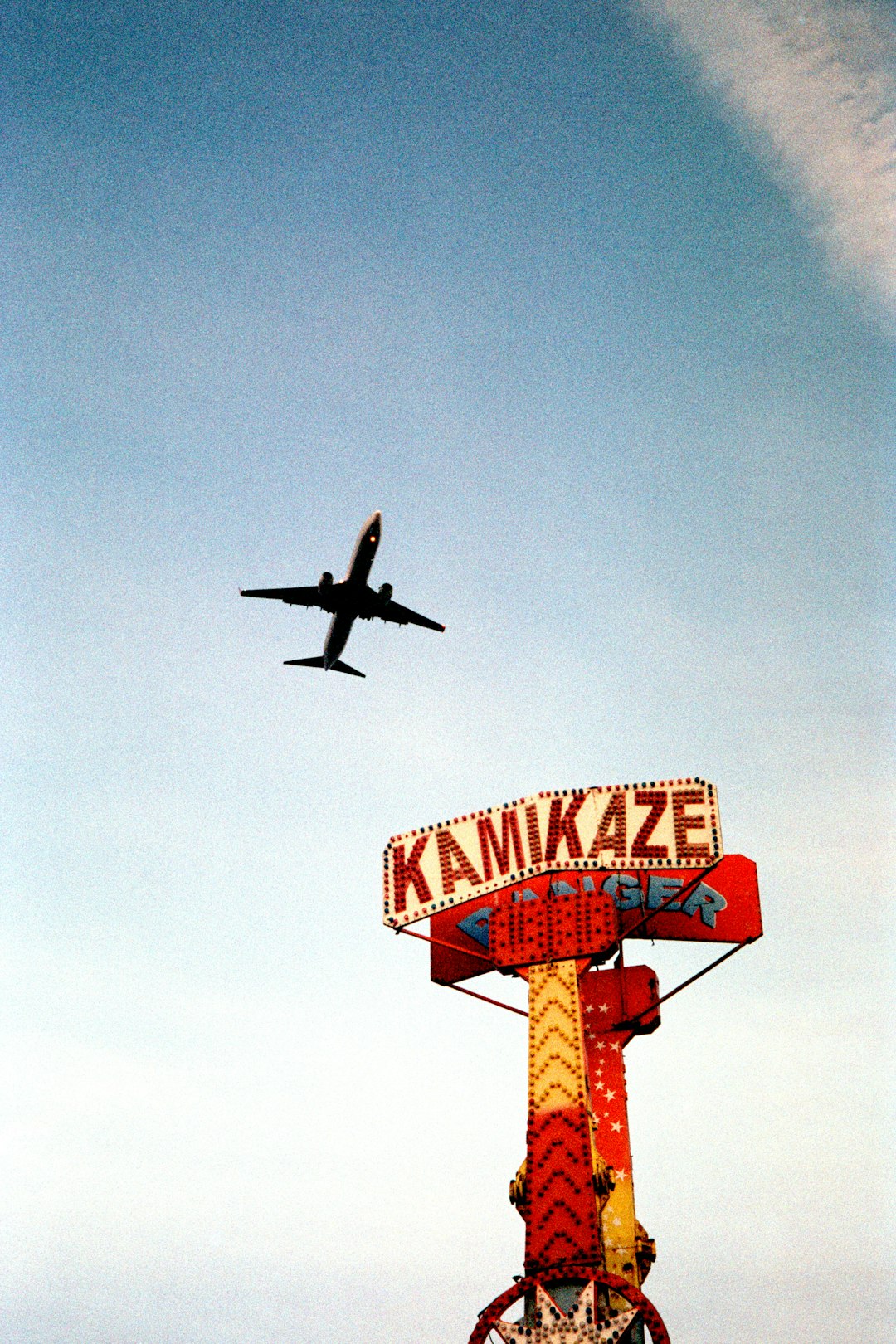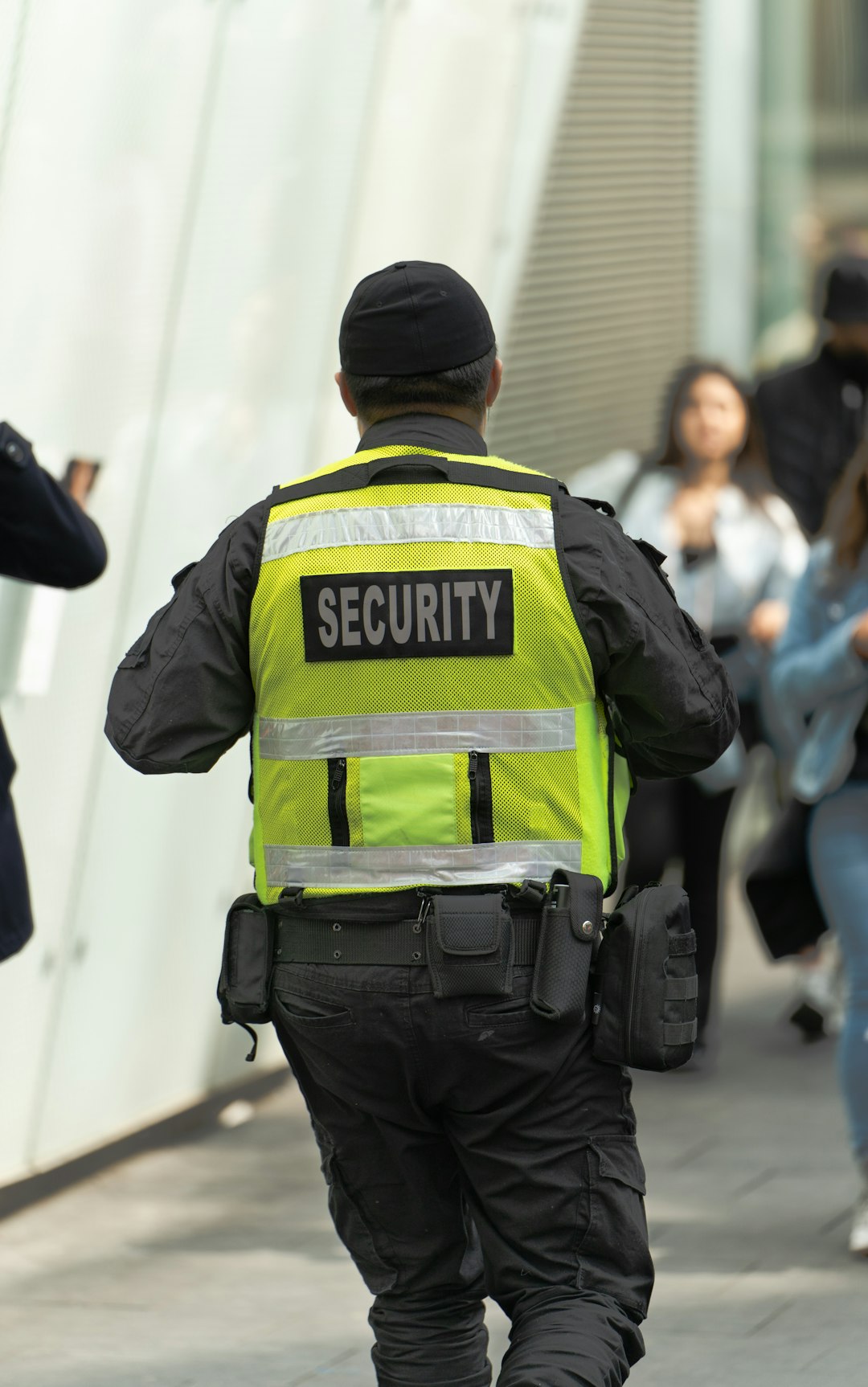In our hyper-connected world, where millions of people look for travel inspiration and destination ideas online, a compelling visual identity can make or break a travel blog or destination brand. Logos are no longer simple symbols; they are vital tools in crafting emotional connections, evoking wanderlust, and conveying trustworthiness. For anyone in the travel industry—whether you’re a solo travel blogger, an adventure tour operator, or a tourism board representative—a well-thought-out logo is absolutely essential.
TLDR (Too Long; Didn’t Read): A logo for a travel blog or destination brand must communicate a sense of place, journey, and experience. The best travel logos combine design clarity with emotional resonance, using familiar travel imagery or symbolic elements. This article explores nine logo design concepts tailored for the travel sector, each with unique visual strategies. Whether you’re launching a new brand or refreshing an old one, these concepts will provide creative inspiration and strategic insight.
Table of Contents
1. World Map & Globe-Inspired Logos
Nothing conveys global adventure more instantly than a world map or globe. These symbols are immediately recognizable and create a sense of scale and inclusion.
- Why it works: Universally understood and directly tied to the idea of travel and tourism.
- Best used for: Global travel agencies, backpacking blogs, or travel aggregators.
Consider integrating a stylized or partial globe into your logo—not necessarily a textbook-style sphere, but a clean, modern interpretation that fits digital design trends.

2. Minimalist Icons of Famous Landmarks
Travel is all about location—and some locations speak for themselves. Including minimalist icons of famous landmarks like the Eiffel Tower, Statue of Liberty, or Mount Fuji helps immediately link your brand to the idea of exploration.
- Why it works: Evokes immediate recognition and a sense of adventure.
- Best used for: City-specific travel blogs, destination marketing organizations, cultural tour companies.
Keep the icons simplified and vector-friendly to ensure they scale well across digital platforms and merchandise.
3. Compass and Navigation Symbols
Wayfinding elements like compasses, maps, and directions communicate a sense of discovery and orientation, key themes in travel branding.
- Why it works: Projects the ideas of exploration, curiosity, and direction.
- Best used for: Adventure travel brands, solo explorer blogs, travel planning platforms.
Integrating cardinal directions, compass needles, or ancient navigation instruments can bring a timeless feel to your logo while emphasizing professionalism and purpose.
4. Nature-Inspired Elements
Elements like waves, trees, mountains, and sunrises often evoke deep emotional responses and are intrinsically tied to popular travel destinations.
- Why it works: Emotionally resonant and visually calming or energizing, depending on color choices and style.
- Best used for: Eco-tourism, hiking and nature blogs, sustainable travel companies.
This design concept benefits greatly from organic lines and earthy or oceanic color palettes. It fosters trust and promotes environmental consciousness.

5. Airplane Motifs and Flight Symbols
Few icons are more directly linked to travel than airplanes. Utilizing aircraft silhouettes, contrails, or abstract aviation symbols anchors your logo clearly in the travel space.
- Why it works: Clear association with international travel and fast movement.
- Best used for: Frequent flyer blogs, airline aggregators, travel deal websites.
To avoid clichés, consider combining aircraft icons with unique shapes or using them as secondary elements in a more complex design.
6. Typeface-Driven Logos with Custom Lettering
Sometimes, the image isn’t necessary—typography alone can capture the essence of a brand. Unique, custom lettering with well-chosen fonts can create a memorable, stylish logotype.
- Why it works: Clean, modern, and memorable; allows for strong brand consistency.
- Best used for: Luxury travel blogs, lifestyle influencers, boutique travel consultants.
Pair distinctive fonts with subtle embellishments—like a curved ‘t’ to mimic a winding road or a dotted ‘i’ shaped like a celestial body—to uniquely tie your textual logo to travel.
7. Passport Stamps and Vintage Travel Ephemera
Retro designs harking back to the golden age of travel suggest a sense of timeless adventure. Think round passport stamps, boarding pass aesthetics, and distressed textures.
- Why it works: Taps into nostalgia and the romance of classic journeys.
- Best used for: History-focused destinations, family travel blogs, vintage-style travel content.
Use these elements sparingly to avoid aging your brand visually. Opt for modernized interpretations rather than literal replicas of old travel documents.
8. Animal Mascots as Brand Symbols
Animal-themed logos, when done with creativity and restraint, can humanize a brand and make it likable. Think of a wandering fox, a soaring bird, or a wise elephant—all of which can subtly reflect traits like exploration, freedom, or wisdom.
- Why it works: Adds personality and storytelling potential.
- Best used for: Family-focused travel brands, educational travel blogs, wildlife tours.
Ensure the animal symbol aligns with your brand tone—playful blogs do well with cartoon-style mascots, while safari brands might prefer elegant silhouettes.
9. Local Cultural Motifs
When the destination itself is the brand, native symbols and motifs can embody authenticity. Using regional art patterns, traditional symbols, or cultural references elevates the emotional connection to a specific place.
- Why it works: Offers uniqueness and instantly anchors identity to a location.
- Best used for: National tourism boards, cultural travel agencies, locally-focused influencers.
Collaborate with local artists or cultural consultants to ensure respectful and accurate design. Logos that integrate heritage elements appropriately can cultivate both trust and admiration.
Final Thoughts: Design with Purpose
In the saturated travel industry, your logo is more than mere decoration—it’s a flag that signals what your brand stands for. Whether you draw from nature, culture, or classic travel archetypes, the most effective logos are those created with intentionality and clarity of message.
When choosing a logo direction, always consider your target audience, the platforms where your logo will appear (social media, websites, guidebooks, merchandise), and the long-term vision for your brand. Don’t follow trends blindly—build an identity that truly resonates with your mission and the travelers you aim to inspire.
Investing in a logo designed to stand out and endure is not just a branding exercise; it’s a strategic decision that can influence trust, recall, and affection in a highly competitive space.
